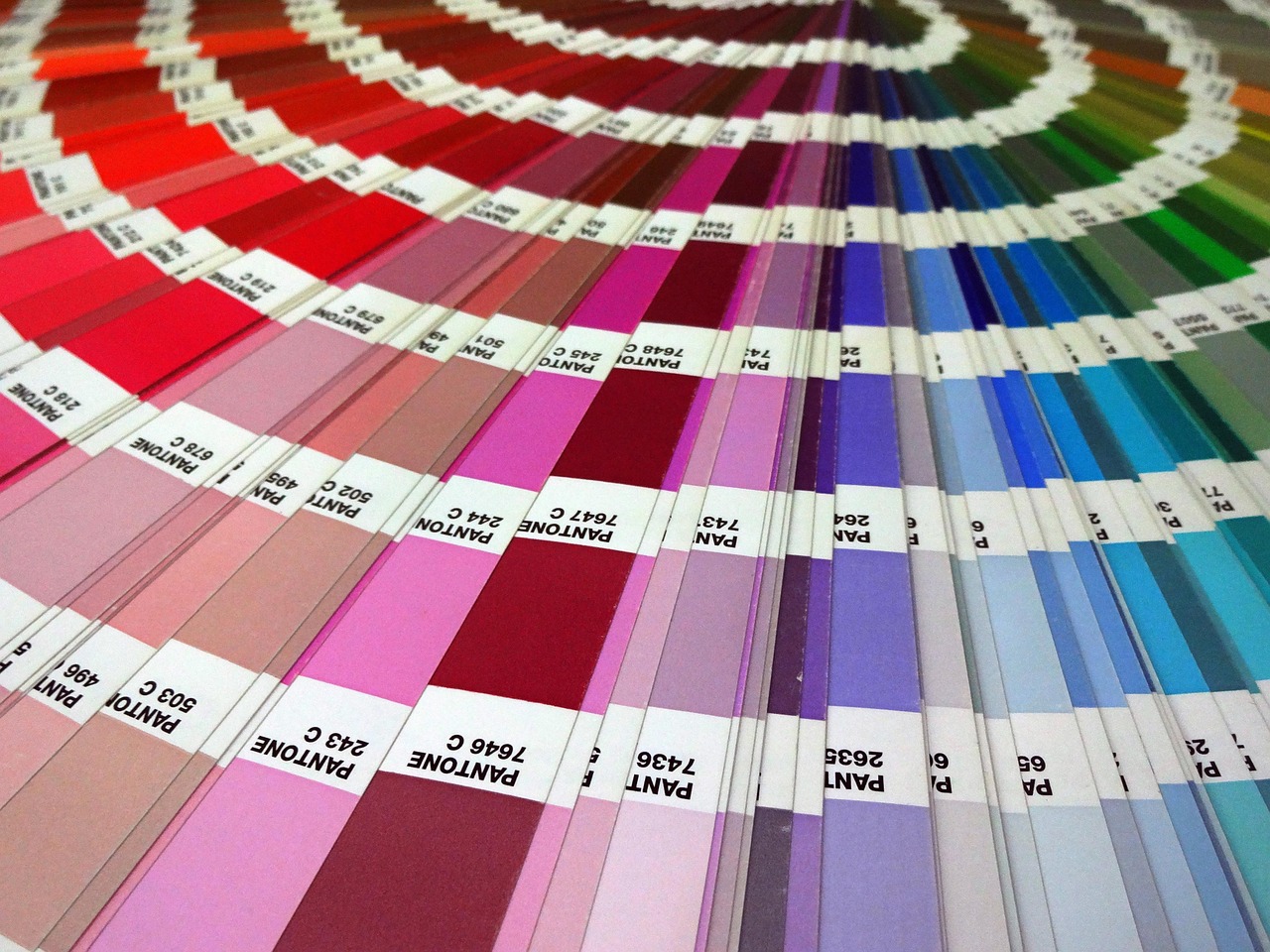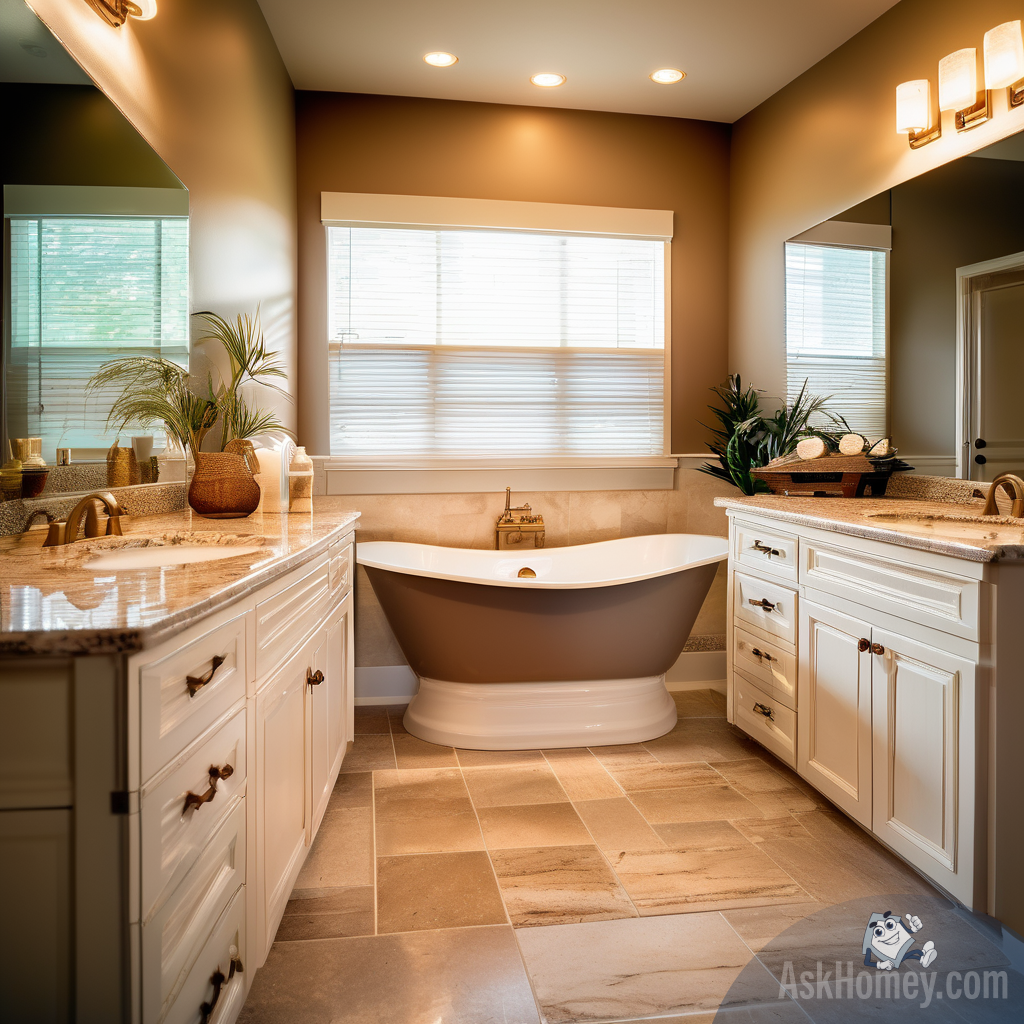Color drenching has emerged as one of the most captivating interior trends in recent years, offering a bold alternative to the traditional white-trim, neutral-wall approach. This sophisticated design technique involves enveloping a room in a single hue, painting walls, trim, ceiling, and sometimes even furniture in the same or similar shades of one color. The result is a cohesive, immersive environment that creates depth, drama, and an undeniable sense of intentionality. As we explore this transformative approach to color, we’ll discover how monochromatic room design ideas can completely reinvent your living spaces.
Understanding the Color Drenching Interior Trend
Color drenching turns conventional design wisdom on its head. Rather than using contrasting trim to frame walls, this approach eliminates visual breaks by bathing every surface in harmonious color. The concept behind this bold color immersion technique is simple yet revolutionary: when you eliminate the stark transitions between architectural elements, spaces often appear larger, more cohesive, and more considered. The technique has roots in classical interior design, where historic homes would often feature rooms painted entirely in a single hue, but it has been reimagined for contemporary spaces with modern sensibilities.
The beauty of color drenching lies in its versatility. From serene blues and greens that create tranquil sanctuaries to rich burgundies and terracottas that exude warmth and energy, the possibilities are limited only by your imagination and color preferences. This approach works particularly well in rooms with architectural interest such as moldings, built-ins, or unusual angles, as the monochromatic treatment highlights these features through subtle shifts in how the light plays across different surfaces and textures.
Why Painting Walls, Trim, and Ceiling the Same Color Works
Traditional design often emphasizes contrast, with white ceilings and trim framing colored walls. Color drenching challenges this convention by eliminating these contrasts, creating several surprising visual effects. First, when trim and architectural transitions disappear into a unified color field, rooms often appear larger and more cohesive. The eye travels smoothly across surfaces without being interrupted by stark white trim, creating a sense of expansiveness.
Second, painting walls, trim, and ceiling the same color can actually highlight a room’s architectural details in unexpected ways. When color is consistent, subtle variations in light and shadow become more noticeable, emphasizing the three-dimensional qualities of crown molding, wainscoting, and other decorative elements. The depth created through these tonal variations adds sophistication that contrasting colors sometimes cannot achieve.
Finally, this approach creates a cocoon-like effect that can transform even ordinary rooms into remarkable spaces. Designers often note that color drenching imparts a sense of luxury and intentionality that feels both bold and refined. Whether you choose a soft, muted shade or a vibrant hue, the commitment to a single color makes a confident design statement.
Selecting Sophisticated Paint Choices for Monochromatic Rooms
The success of a color-drenched space depends greatly on selecting the right hue. When considering sophisticated paint choices, it’s important to understand how color behaves in different lighting conditions and how it will affect the mood of your space. Deeper, saturated colors like emerald green, navy blue, or burgundy create dramatic, intimate atmospheres perfect for dining rooms or studies. Softer hues like sage, blush, or sky blue offer a more subtle take on the trend while still delivering the cohesive benefits of color drenching.
Paint finish becomes particularly important when working with monochromatic room design ideas. Using varying sheens within the same color family can create subtle distinction between surfaces without breaking the cohesive color story. For example, you might choose eggshell for walls, semi-gloss for trim, and a matte finish for ceilings. These slight variations in how light reflects off different surfaces add dimension and interest to the monochromatic palette.
When visualizing how your color-drenched room might look, digital tools can be invaluable. AskHomey offers visualization options that can help you see how different monochromatic color schemes might transform your specific space before you commit to the paint.
Balancing Bold Color Immersion with Furniture and Accessories
Once you’ve committed to color drenching your space, thoughtful consideration must be given to furniture and accessories. There are two primary approaches to furnishing a color-drenched room. The first embraces the monochromatic theme completely, selecting furniture in varying shades and textures of the same color family. This creates a thoroughly immersive environment where everything from walls to furnishings exists within a tightly controlled color palette.
The second approach uses the color-drenched background as a stage for contrasting elements. For example, a room drenched in deep teal might be furnished with pieces in warm brass, rich cognac leather, or crisp white fabrics. These contrasting elements stand out dramatically against the cohesive background, creating focal points and preventing the space from feeling too one-dimensional.
Texture plays an essential role in making monochromatic spaces successful. When color variation is limited, tactile differences become more important. Velvet, linen, wood, metal, glass, and ceramic elements add sensory richness that complements the visual simplicity of a single-color environment. These textural variations create subtlety and depth that keep color-drenched rooms from appearing flat or monotonous.
For more tips and to connect with reliable home service professionals, follow AskHomey on Facebook and Instagram.



